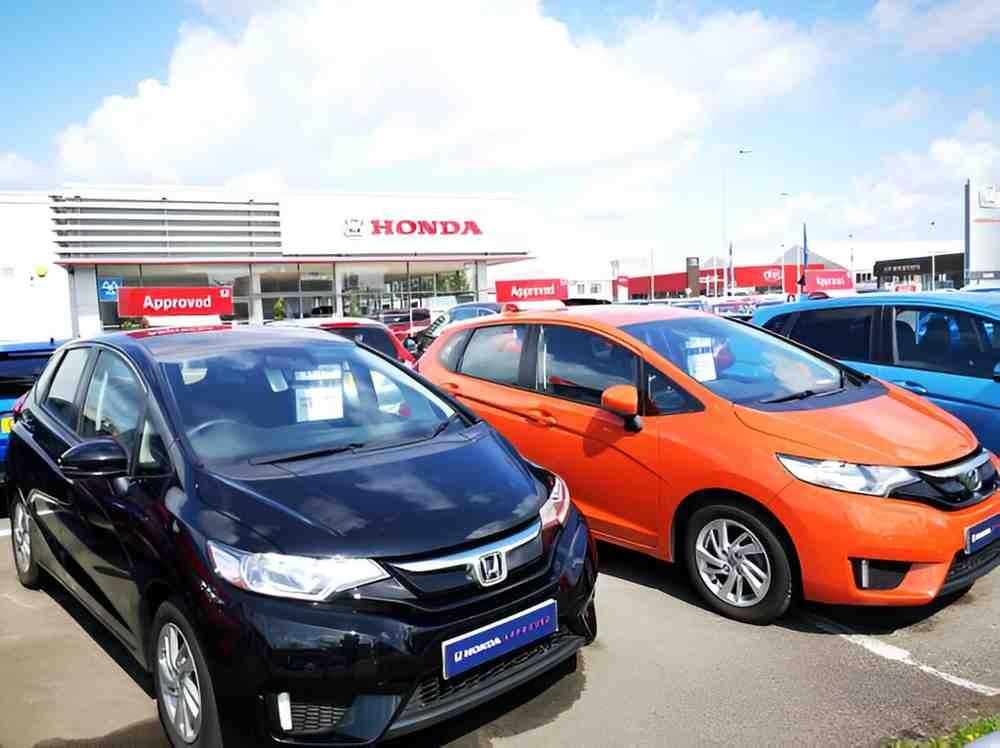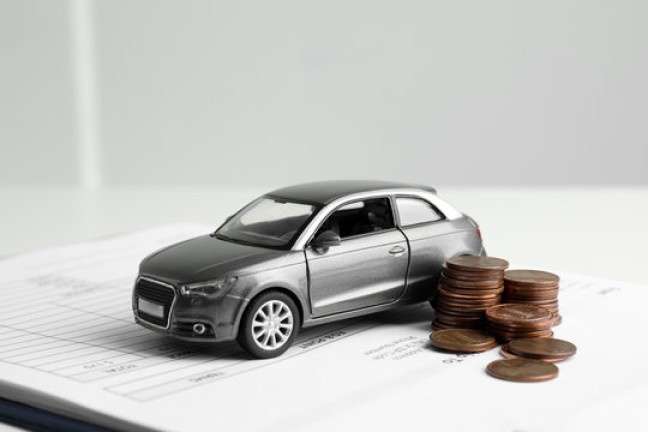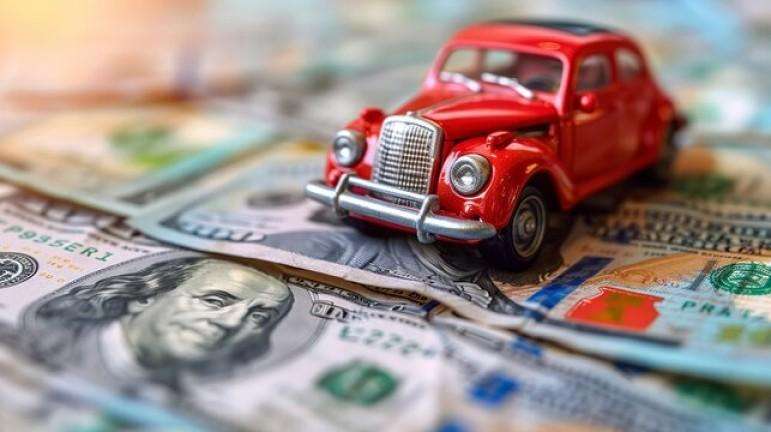When looking to buy a new car, financing is often a key consideration. One option that frequently comes up is 0% financing, especially for popular brands like Honda. This type of financing might seem like an unbeatable deal, but it’s important to fully understand what it entails, how it compares to other financing options, and whether it truly benefits your financial situation.
Table of Contents
What is 0% Car Finance?
0% car finance is an offer where you can finance a vehicle without paying any interest on the loan. Essentially, the dealership or manufacturer provides financing without adding any interest charges over the repayment period. While this may sound appealing, there are several factors to consider before opting for this type of financing.
Key Features of 0% Car Finance
- No Interest Charges: The most attractive feature is that you only pay the principal amount.
- Fixed Monthly Payments: Your payments remain constant throughout the loan term.
- Eligibility Requirements: Lenders usually require a high credit score to qualify.
- Limited Availability: Only available on select models and for limited periods.
How 0% Car Finance Works
With 0% financing, you finance the car’s purchase price over a predetermined term without paying interest. For example, if you purchase a Honda Accord priced at $30,000 with a 60-month 0% financing offer, your monthly payment would be $500 ($30,000/60 months). However, securing this financing may require you to forego cash rebates or negotiate less aggressively on price.
Comparison Table: 0% Financing vs. Traditional Financing
| Feature | 0% Financing | Traditional Financing |
|---|---|---|
| Interest Rate | 0% | Typically 3-7% |
| Monthly Payment | Lower | Higher |
| Credit Score Needed | High (700+) | Moderate (650-700) |
| Special Incentives | Limited availability | Often includes cash rebates |
| Down Payment | May require a larger down payment | Flexible |
Pros and Cons of 0% Financing
Pros
- Cost Savings: You save on interest charges over the loan term.
- Simple Budgeting: Fixed monthly payments without interest fluctuations.
- Potential Equity Gain: You may build equity in the car faster.
Cons
- Strict Eligibility Criteria: Requires an excellent credit score.
- Higher Upfront Costs: May require a larger down payment.
- Limited Flexibility: You might not be able to negotiate other incentives.
Is 0% Financing Really Free?
While 0% financing eliminates interest, it doesn’t always mean you’re getting the best deal. Dealerships may offset the cost by increasing the vehicle’s price or reducing incentives such as cashback offers. It’s essential to compare total costs, including potential savings from rebates or negotiating a lower price.
Example Calculation
Let’s compare two financing options for a Honda CR-V priced at $35,000:
| Financing Option | Loan Amount | Interest Rate | Term (Months) | Monthly Payment | Total Cost |
|---|---|---|---|---|---|
| 0% Financing | $35,000 | 0% | 60 | $583 | $35,000 |
| 3.5% Interest | $32,000 (after rebate) | 3.5% | 60 | $583 | $34,980 |
In this example, taking the rebate and financing at 3.5% results in a lower overall cost despite the interest charges. Always consider the total purchase price rather than focusing solely on the financing term.
Who Should Consider 0% Car Finance?
0% financing is ideal for those who:
- Have excellent credit and meet the dealership’s criteria.
- Prefer predictable monthly payments without interest costs.
- Can afford a larger down payment if required.
- Don’t qualify for better discounts through other promotions.
When to Avoid 0% Financing
You might want to consider other options if:
- Your credit score doesn’t meet the criteria.
- You qualify for significant cashback incentives.
- You plan to pay off the loan early and might face prepayment penalties.
Alternative Financing Options
If 0% financing isn’t an option, there are several alternatives:
- Low-Interest Loans: Traditional auto loans with competitive interest rates.
- Cash Rebates: Manufacturers often offer rebates that lower the vehicle price.
- Lease Options: Leasing instead of buying to lower monthly payments.
- Personal Loans: If dealership financing isn’t favorable, personal loans might work.
Comparison Table: Financing Options
| Financing Type | Interest Rate | Monthly Payment | Flexibility | Best For |
|---|---|---|---|---|
| 0% Financing | 0% | Lower | Limited | High credit score |
| Traditional Loan | 3-7% | Moderate | Flexible | Average credit |
| Leasing | N/A | Lower | High | Lower monthly cost |
Negotiation Strategies When Considering 0% Financing
Even if you qualify for 0% financing, negotiating other aspects can help maximize savings:
- Vehicle Price: Always negotiate the car’s price separately from financing.
- Trade-in Value: Get multiple quotes for your trade-in.
- Down Payment Options: Clarify if a larger down payment can result in better terms.
- Hidden Fees: Review documentation fees and add-ons to avoid surprises.
How to Apply for 0% Financing
If you decide that 0% financing is the right option, follow these steps to apply:
- Check Your Credit Score: Ensure it meets the lender’s criteria.
- Compare Dealership Offers: Look at various Honda dealers and financing terms.
- Get Pre-Approved: Pre-approval can strengthen your negotiating position.
- Review the Fine Print: Understand terms related to payment schedule, penalties, and down payments.
- Finalize the Deal: Complete paperwork and take delivery of your new vehicle.
Conclusion
0% car finance for Honda vehicles can be an excellent way to save money on interest payments, but it’s not always the best financial choice for everyone. Before committing, compare all available options, consider your financial situation, and evaluate potential trade-offs. Whether you choose 0% financing or another option, understanding the details will help you make an informed decision that fits your needs.





